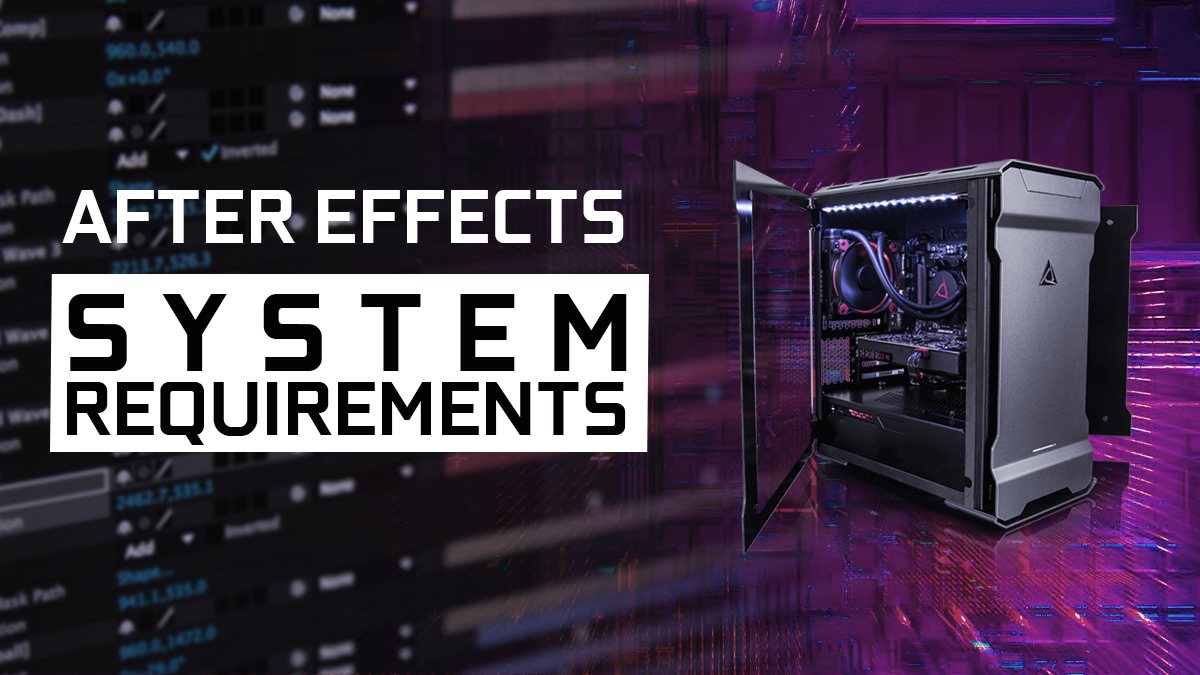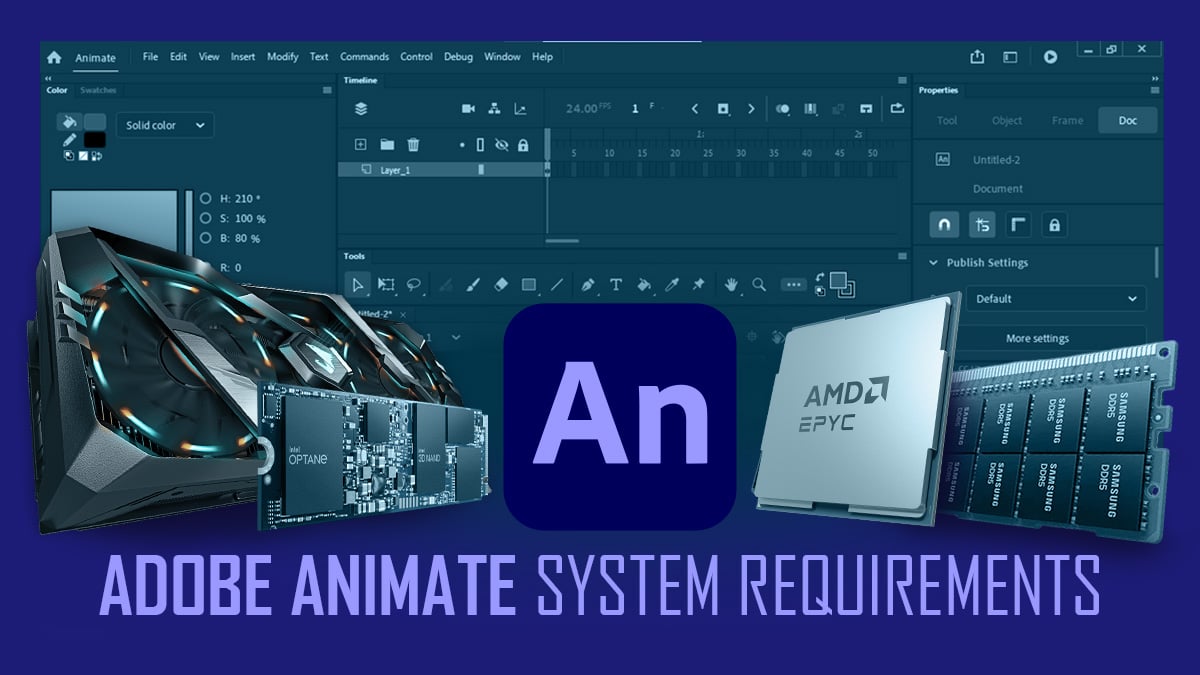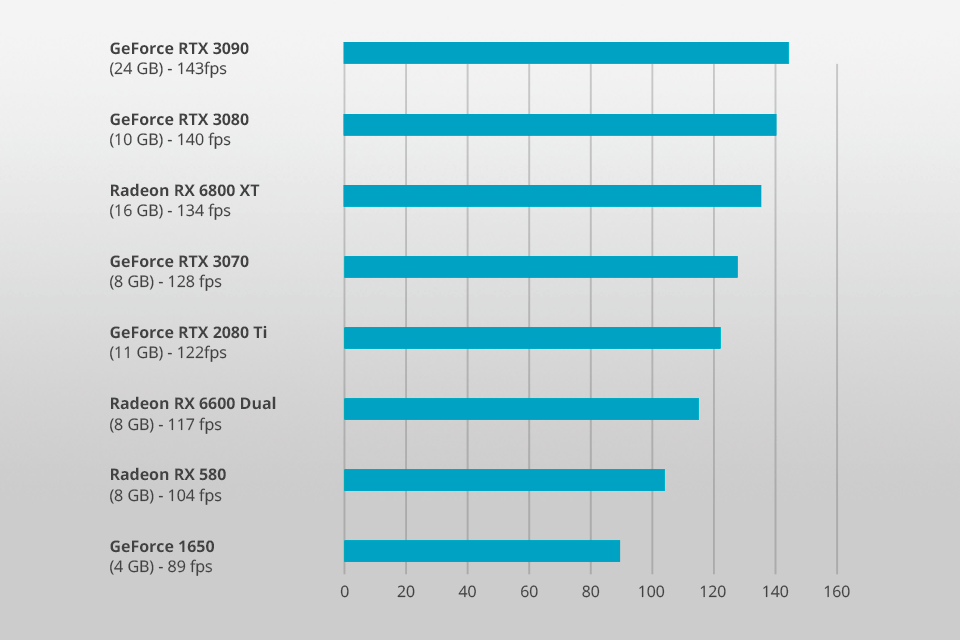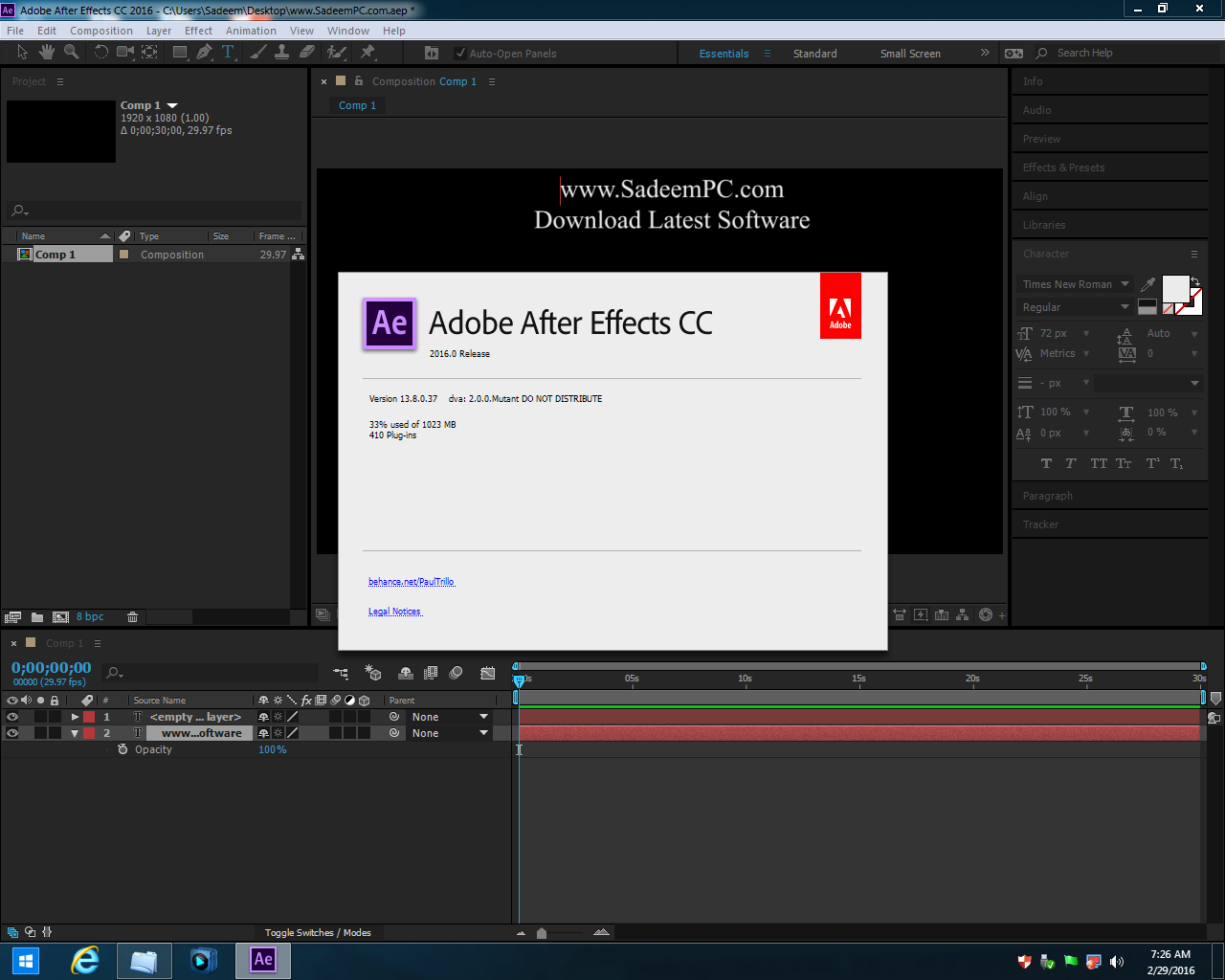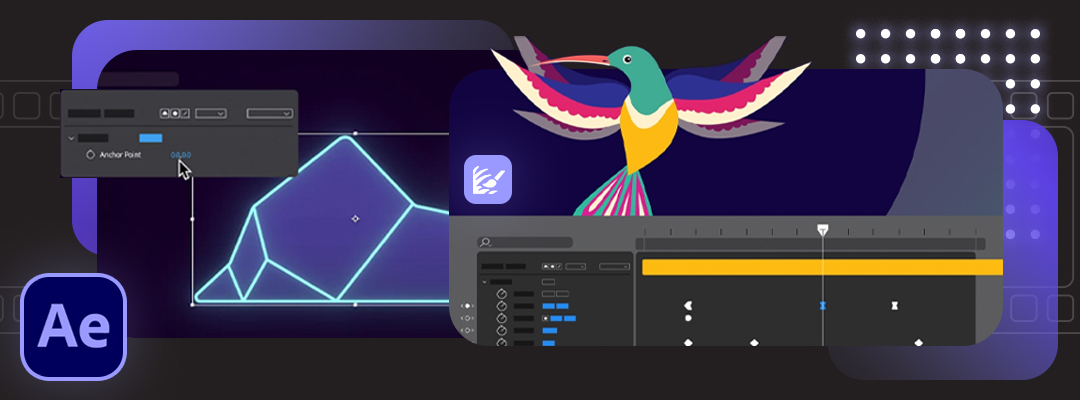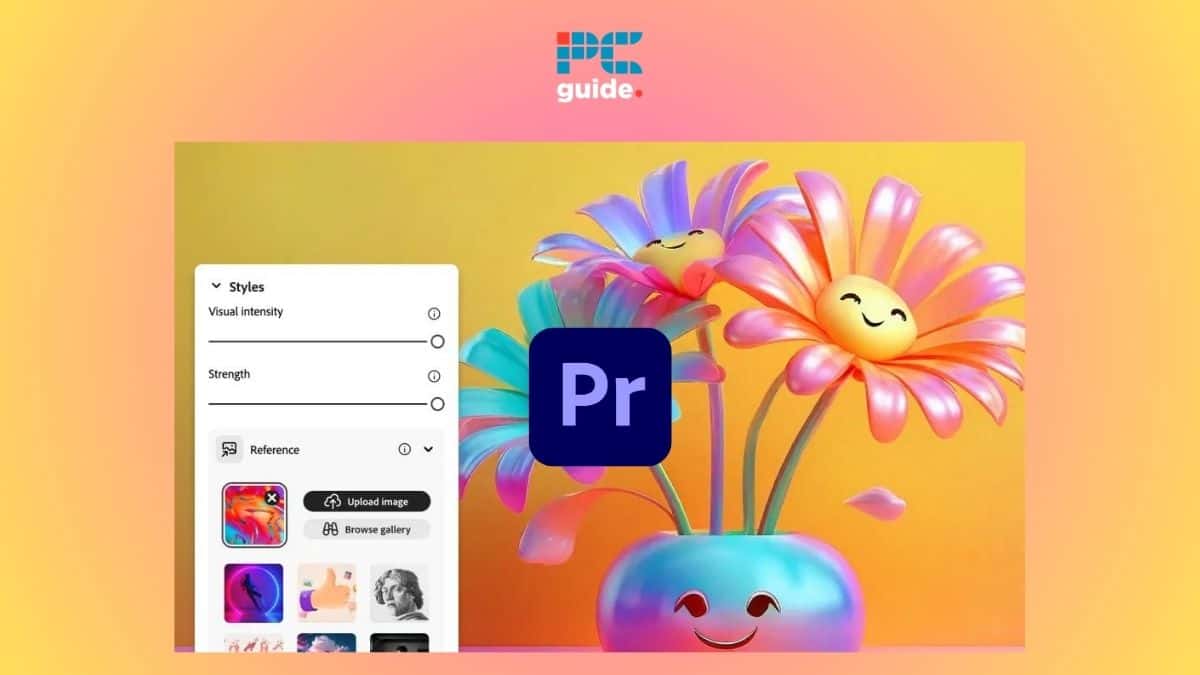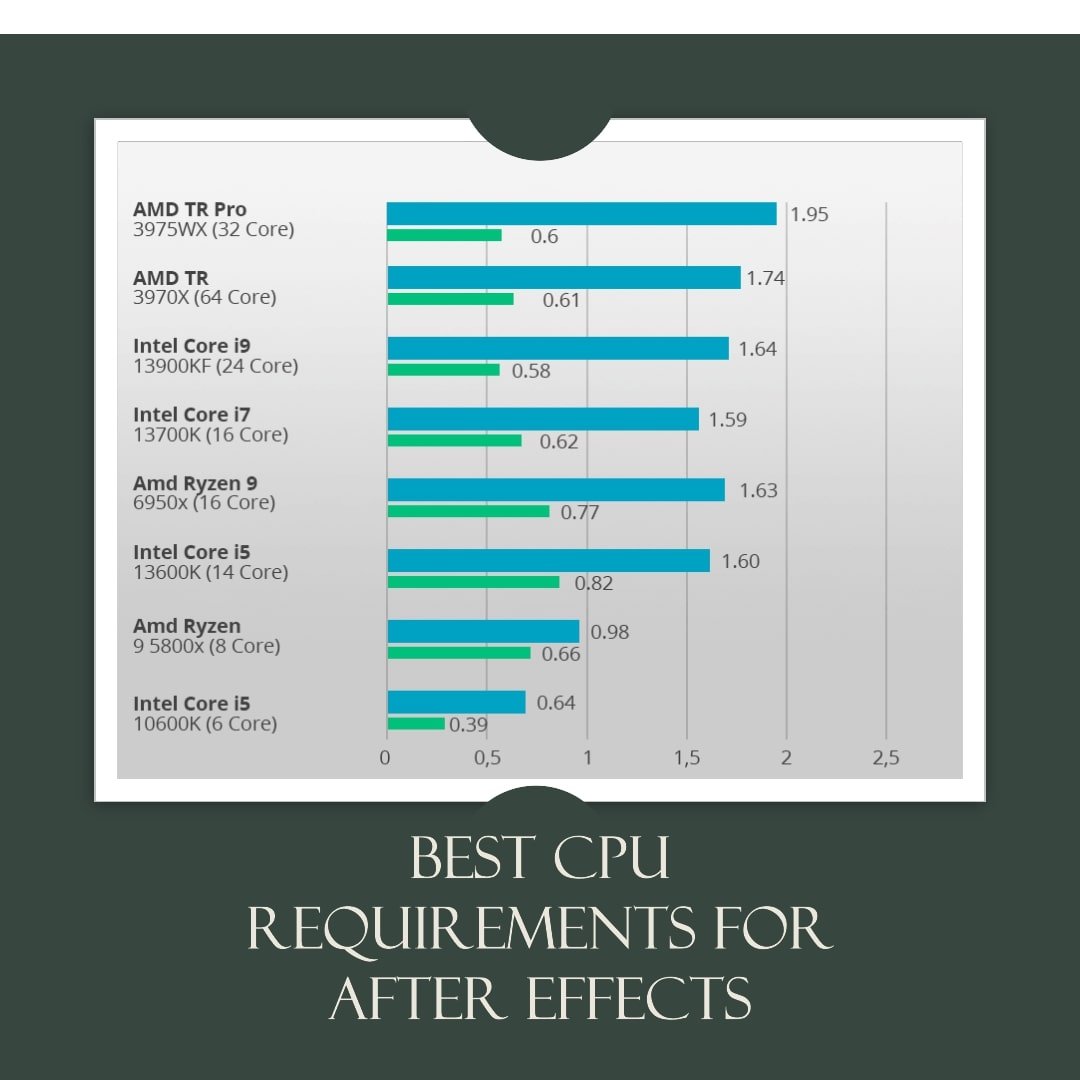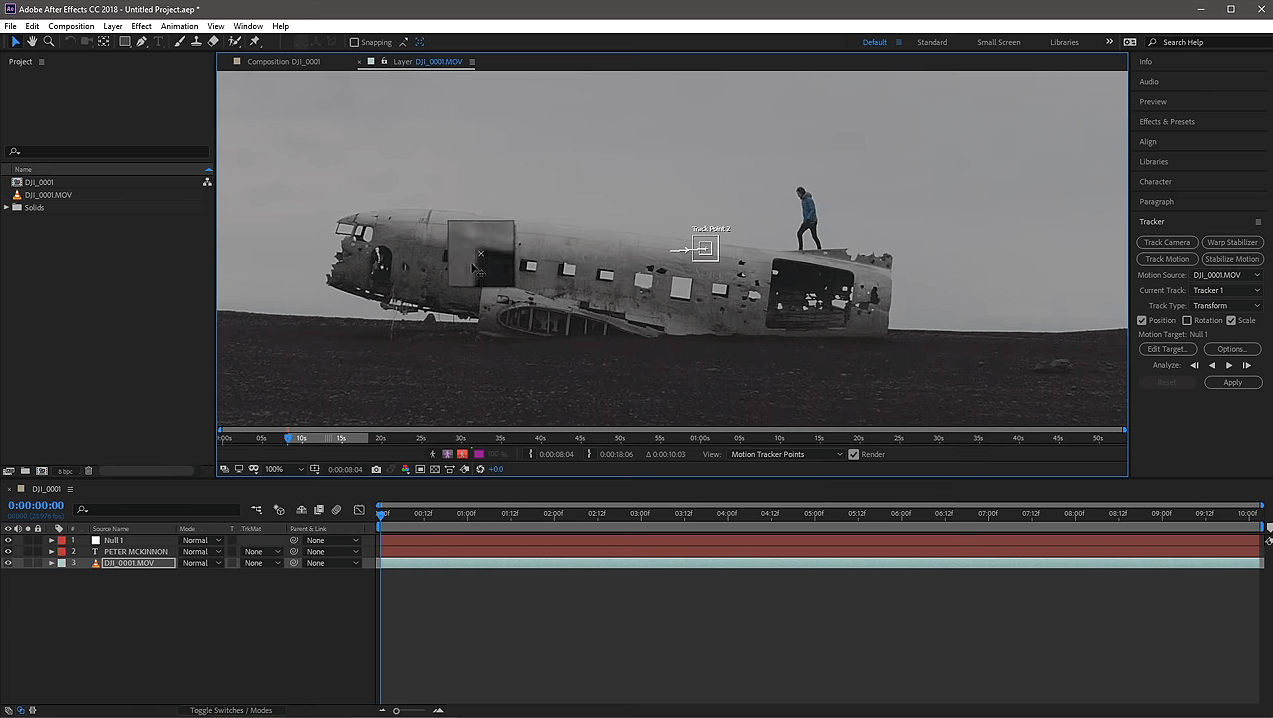Computer Requirements For Adobe After Effects

The digital canvas of motion graphics and visual effects creation hinges precariously on the processing power of the machines that wield the software. Adobe After Effects, the industry standard for compositing and animation, is notoriously demanding. This reality leaves many aspiring and professional artists wrestling with the crucial question: What are the real-world computer requirements to run this powerhouse effectively?
This article delves into the intricate world of Adobe After Effects' computer specifications, separating marketing hype from practical necessities. It aims to provide a comprehensive guide, drawing upon official Adobe documentation, expert opinions, and user experiences. The goal is to empower readers to make informed decisions about their hardware investments, ensuring a smooth and productive workflow within After Effects.
Minimum vs. Recommended: Decoding the Specs
Adobe publishes both minimum and recommended system requirements for After Effects. The minimum requirements represent the absolute bare bones needed to launch and, theoretically, operate the software.
However, relying solely on these minimums is a recipe for frustration. Expect sluggish performance, long rendering times, and the inability to handle complex projects.
The recommended specifications offer a more realistic baseline for a decent working experience. They account for larger project sizes, more intricate effects, and the demands of professional workflows.
CPU: The Brain of the Operation
After Effects heavily relies on the CPU for most tasks, including composition, animation, and rendering. Adobe recommends an Intel multi-core processor with 64-bit support or an equivalent AMD processor.
For professional work, consider an Intel Core i7 or i9, or an AMD Ryzen 7 or 9. A higher core count generally translates to faster rendering times, especially when utilizing the Multi-Frame Rendering feature.
"The more cores, the merrier, especially with After Effects' ability to leverage them for parallel processing," notes motion graphics artist Sarah Chen.
RAM: Memory is Key
RAM (Random Access Memory) is critical for handling large project files and complex compositions. Adobe's minimum requirement is 16GB of RAM, but this is insufficient for most real-world scenarios.
32GB of RAM is generally considered the sweet spot for professional use, allowing you to work comfortably with high-resolution footage and multiple layers. For extremely demanding projects, such as those involving 4K or 8K video, 64GB or more may be necessary.
Running out of RAM can lead to frequent crashes, slow performance, and the dreaded "out of memory" errors.
GPU: Accelerating the Visuals
The GPU (Graphics Processing Unit) plays a significant role in accelerating certain tasks within After Effects, particularly effects rendering and playback. Adobe recommends a GPU with at least 4GB of VRAM.
Cards like the Nvidia GeForce RTX 3060 or AMD Radeon RX 6600 offer a good balance of performance and price. For more demanding workloads, consider higher-end cards like the Nvidia GeForce RTX 3070 or AMD Radeon RX 6700 XT.
It's crucial to ensure that your GPU drivers are up to date to take full advantage of hardware acceleration features. Outdated drivers can lead to performance issues and instability.
Storage: Speed Matters
The speed of your storage drive significantly impacts loading times, rendering performance, and overall responsiveness. Adobe recommends using an SSD (Solid State Drive) for the operating system, application, and media cache.
An NVMe SSD offers even faster read and write speeds compared to a traditional SATA SSD. Using a separate high-speed SSD for the media cache can also improve performance by allowing After Effects to quickly access temporary files.
While HDDs (Hard Disk Drives) can be used for long-term storage, they are not suitable for active project files due to their slower speeds.
The Operating System Factor
After Effects is compatible with both Windows and macOS. The specific version of the operating system can impact performance and compatibility with certain hardware components.
Adobe recommends using the latest versions of Windows 10 or macOS for optimal performance and security.
Ensure that your operating system is up to date with the latest patches and drivers to avoid compatibility issues and performance bottlenecks.
Looking Ahead: Future-Proofing Your System
The demands of motion graphics and visual effects are constantly evolving. As video resolutions increase and effects become more complex, the need for powerful hardware will only grow.
When building or upgrading a system for After Effects, it's wise to consider future-proofing by investing in components that exceed current requirements. This will ensure that your system remains capable of handling demanding projects for years to come.
Ultimately, the ideal computer for Adobe After Effects depends on the specific types of projects you'll be working on and your budget. By carefully considering the recommendations outlined above, you can build a system that empowers your creativity and allows you to bring your visions to life without being hampered by technical limitations.

